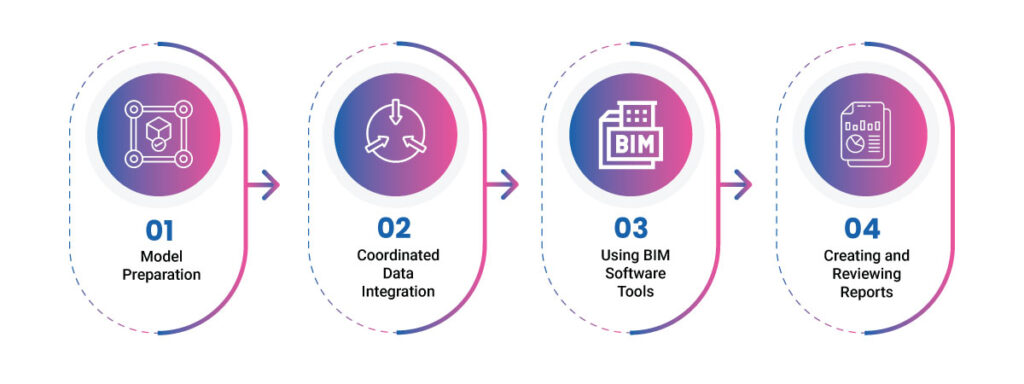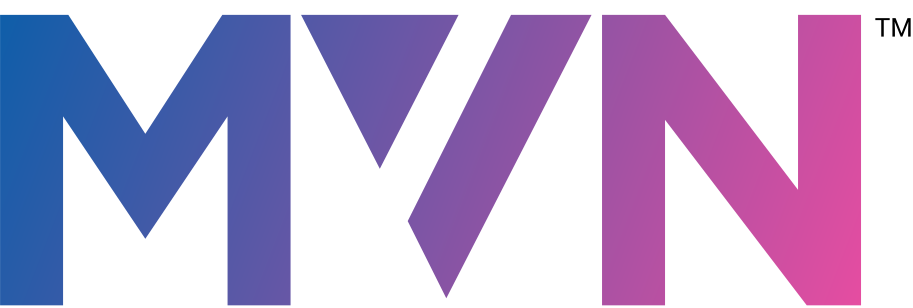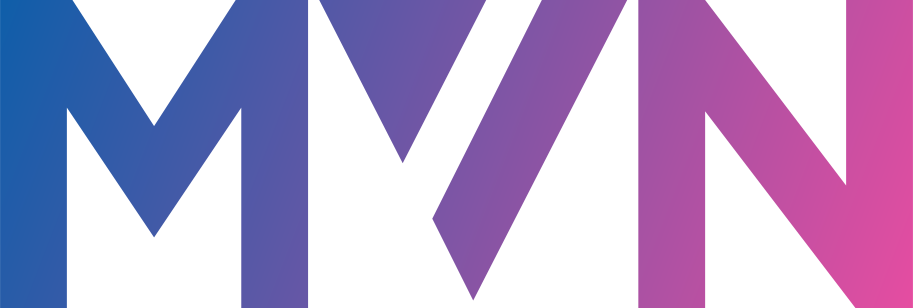Building Information Modeling (BIM) is a digital, intelligent 3D representation packed with information about every building component. BIM enables automated extraction of quantities, replacing traditional manual measurements prone to human error with precise, real-time data. This empowers architects and engineers to accurately estimate materials and labor, control costs, and improve project scheduling.
Key Advantages of BIM in Quantity Take Off
- Accuracy and Speed: BIM automates quantity calculations, ensuring models reflect design changes instantly, greatly reducing errors versus manual methods.
- Transparency and Collaboration: Shared BIM models improve coordination and communication between architects, engineers, and contractors, fostering a “single source of truth”.
- Real-Time Cost Control: Linking BIM data to cost estimation systems enables dynamic budgeting and resource allocation based on up-to-date project conditions.
Steps to Implement BIM for Quantity Take Off

- Model Preparation
Ensure the BIM model is complete, with an appropriate Level of Detail (LOD) for quantity extraction. A well-structured model includes clear attributes and follows established standards for reliable measurement.
- Coordinated Data Integration
Integrate all disciplinary models (architectural, structural, MEP) into a single federated platform. Model coordination and clash detection, using tools like Navisworks or BIM 360, are crucial to accurate quantity extraction.
- Using BIM Software Tools
Deploy software with quantity take off features, such as Autodesk Revit, CostX, or ArchiCAD. Define measurement rules and filters for specific elements; use reporting modules or plugins for detailed breakdowns.
- Creating and Reviewing Reports
Automate report generation, displaying counts, areas, volumes, and material breakdowns. Always validate extracted quantities and compare with design documents to ensure accuracy. Cross-checking with manual methods can be helpful early in BIM adoption.
Best Practices for Successful BIM Take Off
- Standardized Protocols: Use consistent naming conventions, LOD requirements, and shared definitions across teams.
- Regular Training and Skill Development: Ensure staff are proficient with current BIM tools and workflows.
- Continuous Model Updates: Keep BIM models current throughout the project lifecycle to reflect design changes and maximize accuracy.
- Quality Control Audits: Periodically validate the model against benchmarks and run automated checks.
Common Challenges and Solutions
- Skill Gaps: BIM quantity extraction requires skilled professionals; invest in ongoing training.
- Software Compatibility: Interoperability between software platforms can be an issue; adherence to data standards like IFC helps mitigate it.
- Data Completeness: Ensure all relevant elements (including non-modeled items) are considered for take off; document how to quantify these where necessary.
- Cultural and Organizational Change: Foster a culture of innovation and communicate BIM’s benefits to encourage buy-in from traditional teams.
Integration with Project Management Tools
BIM can link directly to scheduling, cost estimation, and supply chain management platforms, allowing organizations to streamline workflows and synchronize every project stage. Automated processes, such as report generation and version control, improve efficiency and reduce errors.
Future Trends in BIM Quantity Take Off
Emerging technologies like AI and machine learning are enhancing BIM’s capacity for automated error detection and predictive analytics, while integrations with AR/VR and blockchain promise immersive visualization and improved transparency.
- Run energy simulations from the conceptual stage
- Train teams in BIM and energy analysis tools
- Use pilot projects to test workflows before scaling
- Collaborate with architects, MEP engineers, and sustainability consultants
Practical Tips for a Smooth BIM Transition
- Needs Assessment: Identify the areas where BIM can most improve current workflows.
- Implementation Roadmap: Plan phased integration, including pilot projects and training.
- Stakeholder Engagement: Involve all participants in the transition for smoother adoption.
- Incremental Rollout: Start with smaller projects and scale as proficiency grows.
Conclusion
BIM quantity take off is transforming the way architects and engineers estimate, budget, and manage resources. By embracing digital workflows, standardizing practices, and leveraging advanced software, teams can maximize accuracy, reduce risk, and deliver better project outcomes. The future is digital staying ahead with BIM ensures competitiveness and efficiency in architecture and construction.





